What makes the ideal solo sailor?
Published on March 4th, 2023
The inaugural Global Solo Challenge 2023-24 seeks to be a budget-friendly solo, non-stop race around the world. For boats from 32 to 55 feet with an IRC rating below 1.370, a pursuit start over 11 weeks begins in A Coruña, Spain, with the first boat to return deemed the winner.
Dave Proctor features a recent entrant, wondering if David Linger is the ideal candidate for the Global Solo Challenge…
When I first looked at the Global Solo Challenge (GSC) and considered the type of sailor it would attract, I could have been describing American entrant David Linger.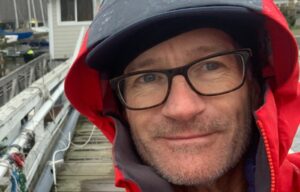
David, who is now 60 years old has been a sailing enthusiast as far back as he can remember. Sailing on his Parents’ boat Koloa from a young age, and getting caught up in the stories of the time, of people who he still idolizes to this day, people like Sir Frances Chichester, Eric Tabarly, Alain Colas, and Claire Francis.
He read and absorbed the stories of their voyages and adventures with enthusiasm, and so began a lifelong love affair with the sea. And he always dreamt of completing a solo circumnavigation.
David was brought up by the sea in Seattle, and after finishing his formal education, he started work in the marinas and shipỳards on this coast, gaining a comprehensive knowledge of boatbuilding, boat repairs, rigging and detailing, whilst also undertaking a number of deliveries, particularly to and from Hawaii (his Mother is a fourth generation Hawaiian and he has a strong affinity for the islands). Apparently, there are a number of races between the mainland USA and the islands, so there is often a call to either retrieve or deliver boats.
At the same time, David has also been a keen amateur sailor, entering a number of local competitions, particularly in the 6-metre class races and getting involved in supporting other sailors (he is currently supporting sailors who are entering the R2AK, the race to Alaska open sailing race).
David recently retired from paid work and realized that the GSC fell at an ideal time in his life. He had the finances in place, he could afford the time and he had the knowledge to undertake such a venture.
The first aspect was that he needed to buy a yacht. After some hunting about, including visits to Europe, he bought a 2006 Class 40, previously called Bolland Mills, designed by Owen Clarke Designs. One of the first things David did was change the name to Koloa Maoli. He says that this name was in honor of his parents’ yacht from when he was a youngster and in the Hawaiian language, it is the name of a breed of endangered duck.
This boat actually completed the 2006 Route de Rhum, coming in 3rd in its class but has had few outings since that time. David chose well, as this boat was built to comply with World Sailing’s Offshore Special Rules Category 0 (for races that will spend an extended time in cold waters, outside the scope of immediate distress assistance) so she has not needed the extensive work that some yachts that will be departing in the GSC have required to get to this standard.
David travelled over to Europe to see the start of the 2023 Route de Rhum, and whilst there he met both the designers of this yacht and also the sailmaker who was going to make the new set of sails for Kaolo Maloi. His main enquiry was whether they thought he was doing the right thing by attempting this challenge in this yacht and whether they thought she could actually make it.
Fortunately, they all agreed that she could and reassured David as to the potential of this boat.
Of course, there are the inevitable refits that are currently being undertaken. These will be done at the Maine Yacht Center over the winter until David begins sea trials and his qualifying 2,000-mile solo sail in May.
David was keen to show his support for the GSC. He is not some elite professional sailor who could get millions of dollars in sponsorship to afford to enter the Vendée Globe, so the fact that this challenge is just that, a challenge, rather than an out-and-out race, appealed to him as an individual, and he is not sure that he would have pursued his dream if the challenge had not been set.
He also was keen to report that he has already made friends with several of the other entrants and is looking forward to meeting them in Spain, later this year.
David was also aware of the dangers of this challenge, particularly in the Southern Ocean, these dangers were brought home to him recently as he is friends with Finnish sailor, Tapio Lehtinen, whose boat sank for no apparent reason during the course of the 2022/2023 Golden Globe Race, and who was rescued by another entrant.
I honestly believe that David’s experience of working with boats will stand him in good stead, and should anything go wrong, as it inevitably will, then he will have the skill set and knowledge to carry out any possible repairs.
Asked about how long the challenge will take, David forecasts that he will be at sea for about 150 days, putting him in the middle of the pack, and he will probably start out from A Coruña in late September or October.
His tactics will be to preserve his yacht around the course so that the yacht will be in good condition for the final journey north in the Atlantic, where so many of these challenges and races are won or lost.


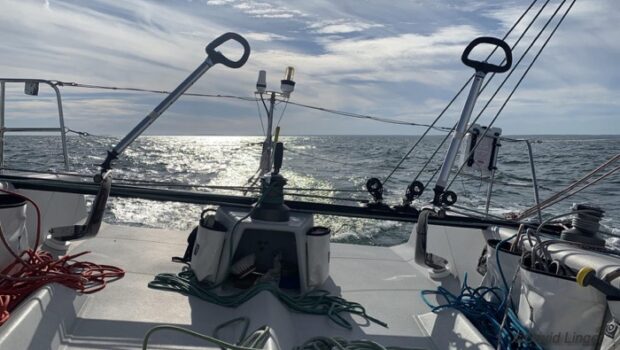


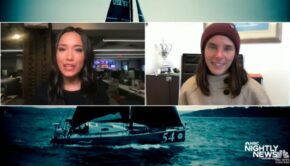
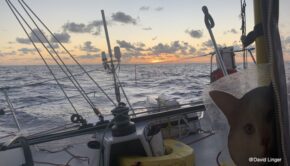
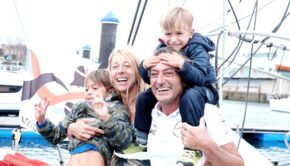
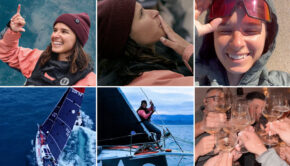
 We’ll keep your information safe.
We’ll keep your information safe.